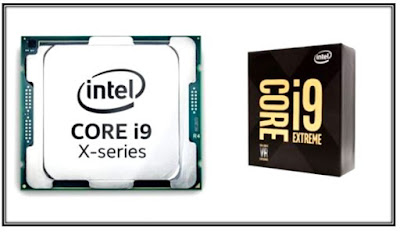Intel® Core i9-7900X X-series Processor
Overclocking and stability
Intel does not use a die-sealed IHS capsule on Skylake-X and Kaby Lake-X. Instead of the metal soldering that enthusiasts would all like to see, the heat passes from the die to the IHS through a thermal paste of relative quality. This decision has consequences for overclocking and CPU consumption.
We were forced to use the extreme heat sink Alpha cool Eiszeit Chiller 2000 (a water cooling coupled to a water refrigerator, basically). Air cooling is totally out of the question with the Core i9-7900X.
The 230 A measured during our overclocking tests we pushed to ensure, by adding a fan on the motherboard to cool the area around the CPU socket, stuffed with VRM.
Overclocking, stability
We now know that the performance/consumption ratio of the 7900X becomes negative as soon as you use all the resources of your die. This is to be taken into account for overclocking the processor, especially in terms of cooling.
For a stable overclocking under Prime95 for long periods, without touching the temperature limits, we were unable to exceed 4.4 GHz. The latest news about overclocking over 5 GHz are therefore to take with tweezers, according to us. We booted Windows at 5.1 GHz, but once we ran an application, we were entitled to a BSOD or an emergency shutdown of the motherboard.
We were able to achieve stable overclocking at 4.8 GHz under Cinebench R15. But our extreme cooling solution was the decisive factor. Realistically, it would be possible to reach 4.5 GHz with all-in-one water cooling. Here is a comparison of CPU consumption and performance in this test:
With a voltage of 1.4 V, the system remained stable for 10 benchmark cycles, with a CPU that consumed an average of 261 W, with a few sharp peaks at 293 W. Further advanced testing (3D rendering) pushed the processor to
335 W at 4.8 GHz and a good big Prime95 with AVX (unrestricted) pushed the CPU to 364 W before the motherboard goes down for security!
On a single heart, we see that the performances are aligned with the frequency almost linearly. Consumption is increasing faster, but not as much as one might have feared.
Basically, the overclocking of this little monster will mainly depend on your cooling system, which will have much to do to quickly evacuate all the heat emitted by the chip (not to mention the power stage of the motherboard).

Comments
Post a Comment